Mobility hubs are places that bring together a host of transport options all in one place. It includes shared transport such as car clubs and e-scooters with public transport and active travel modes.
Mobility hubs can vary by location but the aim to make travelling sustainably as easy as possible and to connect modes of transport. For example, bike storage at bus stops or electric charging stations at the Park & Ride.
The images below provide some context about what mobility hubs provide. All our proposed mobility hubs are at existing bus stops where we are looking to improve what’s on offer.
We are proposing eight mobility hubs, to be located at key locations along the A37, A362, and A367 corridors where demand to switch between modes of transport is likely to be high.
Mobility hub locations
Pensford Bridge, Pensford
Two upgraded bus shelters (including real time information and seating), a shared mobility option (car club or bike hire, for example), widened and improved footways, improved pedestrian crossing points over Church Street and Publow Lane and cycle stands
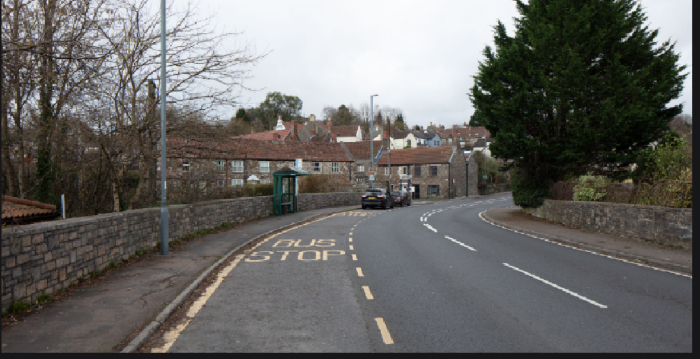 Pensford current
Pensford current
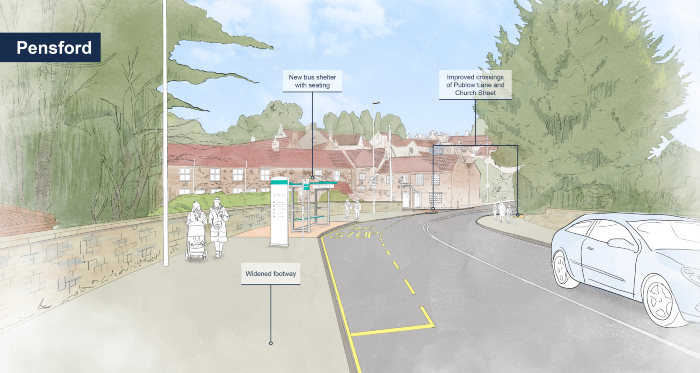 Pensford proposal
Pensford proposalPaulwood Road, Temple Cloud
Two upgraded bus shelters (including real time information and seating), a shared mobility option (car club or bike hire, for example), widened and improved footways, a signalised crossing over the A37, designated parking bays, improved pedestrian crossing point over Paulmont Rise, cycle stands and a speed limit reduction from 30 to 20mph.
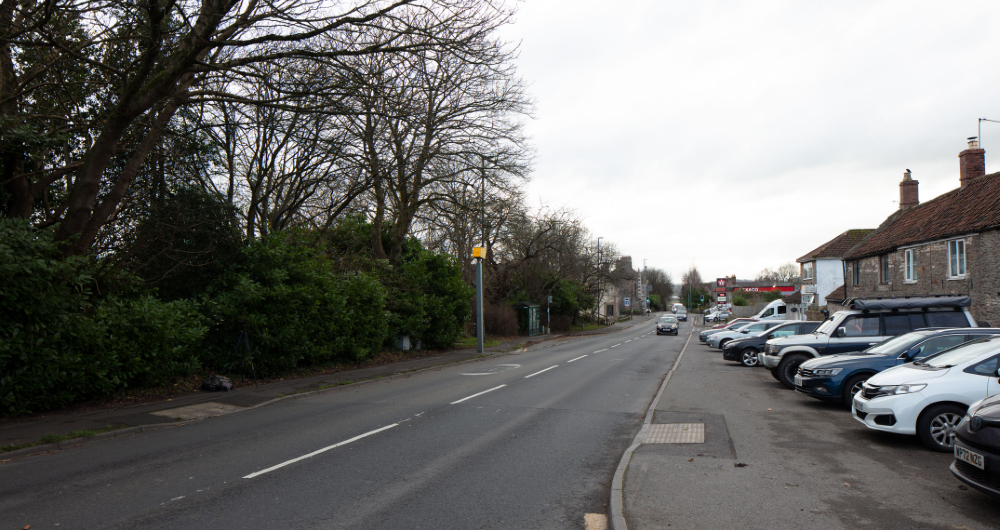 Temple Cloud current
Temple Cloud current
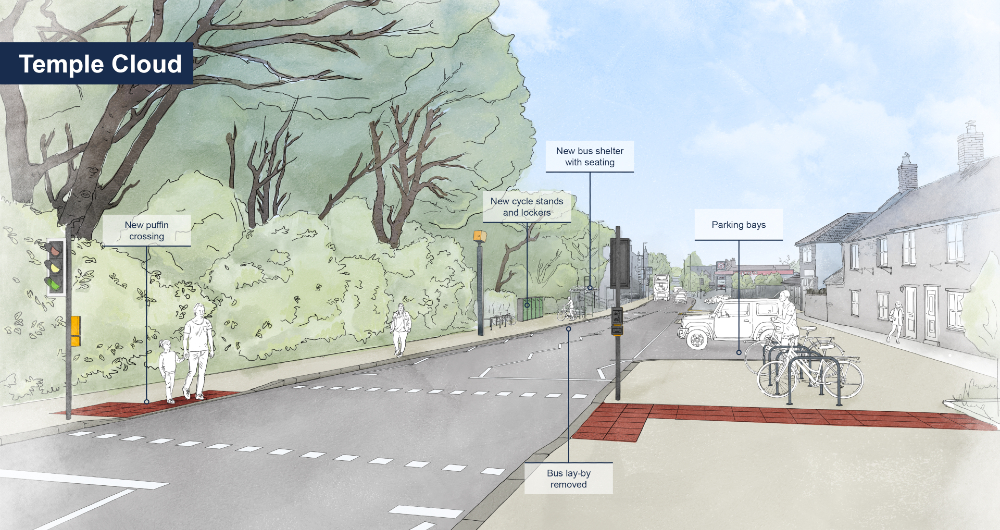 Temple Cloud proposal
Temple Cloud proposalHam Lane, Farrington Gurney
Two upgraded bus shelters (including real time information and seating), a shared mobility option (car club or bike hire, for example), widened and improved footways, a signalised crossing over the A37, designated parking bays, improved pedestrian crossing point over Pitway Lane, Main Street Ham Lane and Church Lane, cycle storage lockers and cycle stands.
Town Hall, Midsomer Norton
In addition to the work in progress on the High Street, we propose to provide cycle lockers and cycle stands, a shared mobility option (car club of bike hire, for example) additional planting and a signalised crossing over High Street.
Victoria Hall, Radstock
Junction treatment at A362/Church Street/Fortescue Road to encourage slow speeds and improved pedestrian facilities, widened footways, and cycle stands.
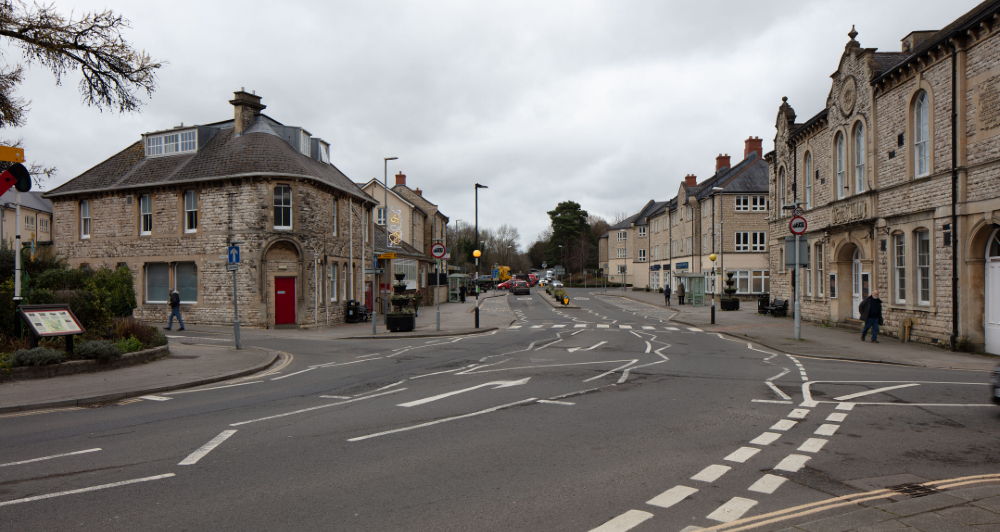 Radstock current
Radstock current
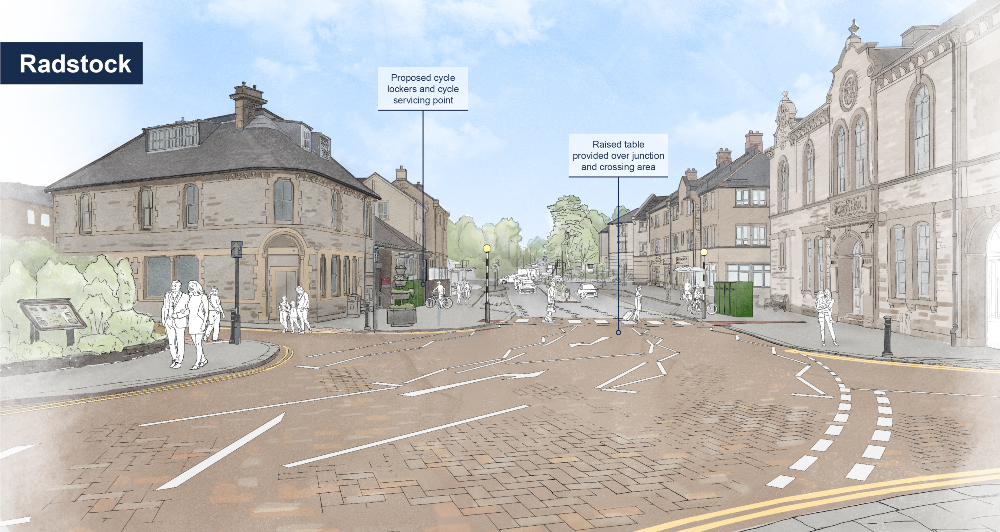 Radstock proposal
Radstock proposalKeel’s Hill, Peasedown St John
Two upgraded bus shelters (including real time information and seating), a shared mobility option (car club or bike hire, for example), widened and improved footways, a zebra crossing over Ashgrove, improved pedestrian crossing point over Keel’s Hill, cycle lockers and cycle stands.
Odd Down Park & Ride
A shared mobility option (car club or bike hire, for example), a shared use path between the Park & Ride and Odd Down roundabout, cycle lockers and cycle stands as well as a cycle repair stand.
Bear Flat, Bath
Narrowed crossing over the A367 and widened footways, to include features such as planters and seating, a shared mobility option (likely to be e-scooter and e-bike parking), side road junction treatments to improve pedestrian crossings, cycle stands. These changes will result in a loss of six parking spaces.
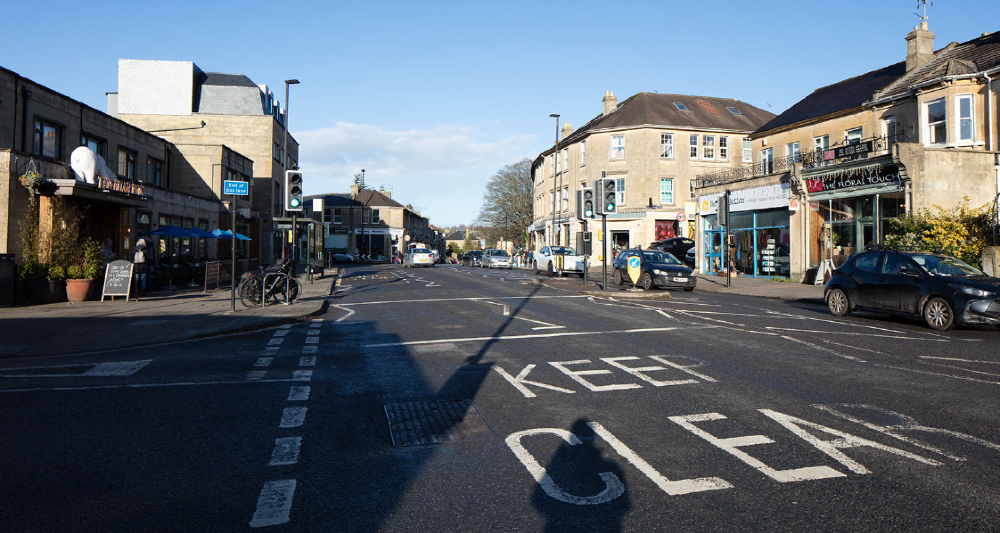 Bear Flat current
Bear Flat current
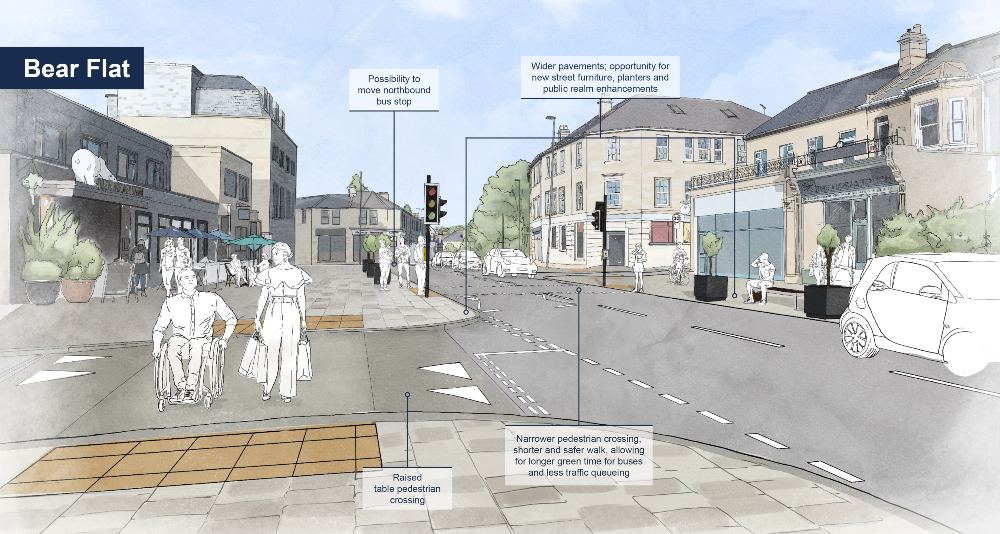 Bear Flat proposal
Bear Flat proposalWhat are the benefits of mobility hubs?
Mobility hubs play a crucial role in connecting modes on transport in a safe, convenient and efficient manner. To enable more people to travel sustainably, providing mobility hubs in key locations makes the option viable.
Here are some of benefits you might see:
- Convenience: A seamless switch of transport modes all in the same place. They act as the first or last connection to a destination. For example, cycling to a mobility hub and securely parking a bike to then catch the bus into town.
- Public realm: Mobility hubs allow streets and area to be reorganised and create a more pleasant environment.
- Safety: A safe space for those connecting between modes of transport
- Accessibility: They should provide space for adapted and inclusive modes and be accessible themselves.
- Reliance on vehicles: Evidence shows a change in habits and enables people to choose to travel sustainably.
Technical drawings
Please click on the links below for detailed drawings. These drawings show concept/preliminary designs proposals and details are subject to change. The proposals have been developed to show the potential location of features in plan. Further work is required to determine final proposals for the following phases, as well as its deliverability and affordability.


